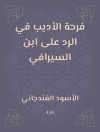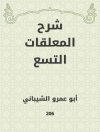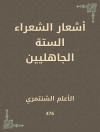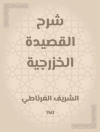In her groundbreaking work ‘Tender Buttons, ‘ Gertrude Stein employs an innovative literary style that defies conventional narrative forms, creating a collage of vivid imagery and associative language that explores everyday objects and intimate experiences. Composed through a series of three sections—’Objects, ‘ ‘Food, ‘ and ‘Rooms’—the text features Stein’s hallmark postmodern techniques, such as repetition, fragmentation, and abstract expression, which challenge the boundaries of perception and meaning. This experimental approach situates ‘Tender Buttons’ within the broader context of early 20th-century modernism, reflecting the tumultuous cultural shifts of the time as it redefines the relationship between language and reality. Gertrude Stein, an influential figure of the avant-garde, lived an extraordinary life as a writer, art collector, and key supporter of modernist artists. Her interactions with contemporaries such as Picasso and Hemingway undoubtedly shaped her unique perspective on art and language, prompting her to experiment with form and content in unprecedented ways. Stein’s rich background in avant-garde literature and her relationship with the Parisian artistic milieu crystallized her desire to push the limits of expression. ‘Tender Buttons’ is an essential text for readers intrigued by the interplay of language and art, offering a transformative experience that encourages deep contemplation of the ordinary. Those who seek to challenge their understanding of literature and explore the aesthetics of the mundane will find Stein’s work thought-provoking and rewarding.
Sobre el autor
Gertrude Stein (1874–1946) was a seminal figure in the modernist literary movement, known for her avant-garde approach to writing and her influential Paris salon. An American novelist, poet, playwright, and art collector, Stein’s work broke away from traditional narrative forms, employing a stream-of-consciousness style that often focused on the process of perception and the complexity of language. Her most noted work, ‘Tender Buttons’ (1914), is a series of experimental poems that employs repetitive phrases, playful sounds, and a collage-like approach to imagery, resonating with Cubist art’s contemporaneous revolution in perception and form. Stein’s writing style is characterized by its experimental use of language, emphasizing rhythm, tone, and the sonority of words rather than conventional meaning or grammar. She disregarded the linear narrative for a more fluid, associative technique that had a profound impact on the development of modernist literature. Stein’s Parisian home became a hub for the avant-garde, attracting figures such as Picasso, Matisse, Hemingway, and Fitzgerald, shaping the discourse around art and literature in the early 20th century. Her contribution to literature extends beyond her written work, encompassing her role as a literary innovator and cultural figure.












